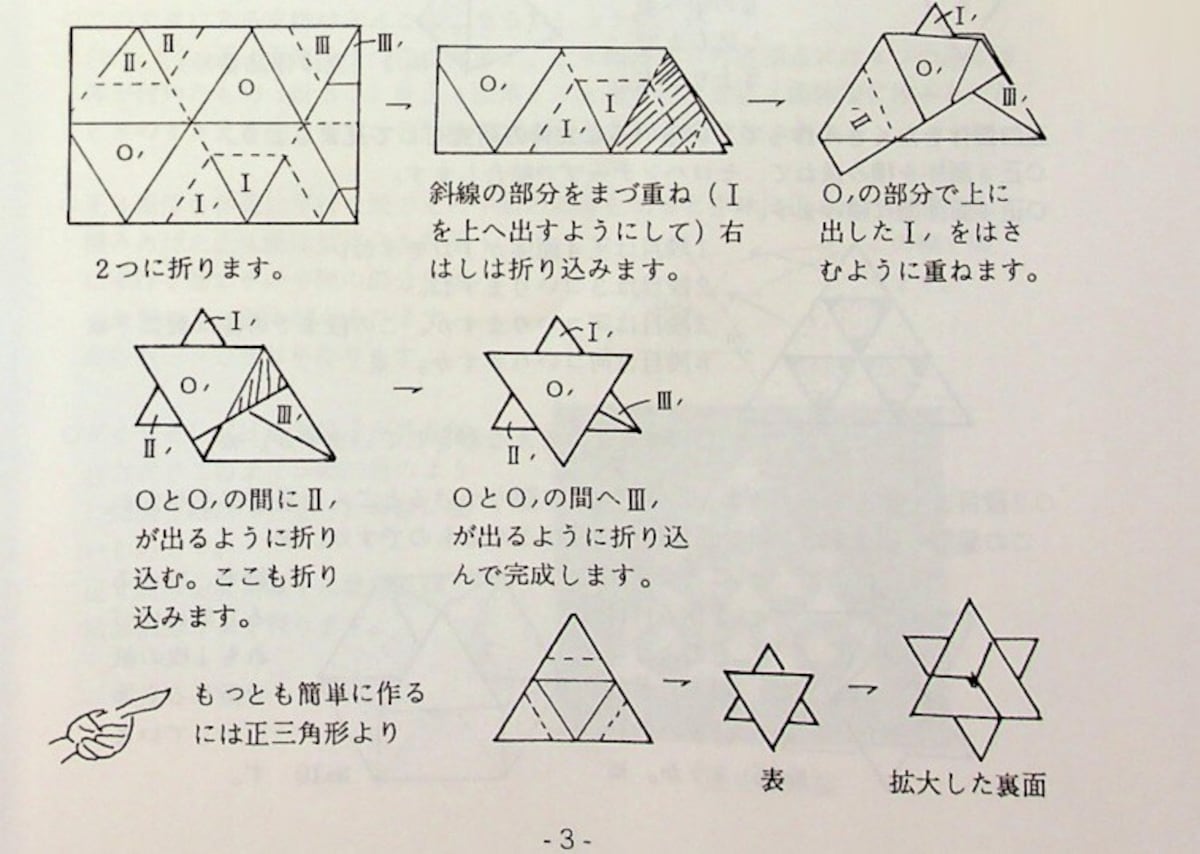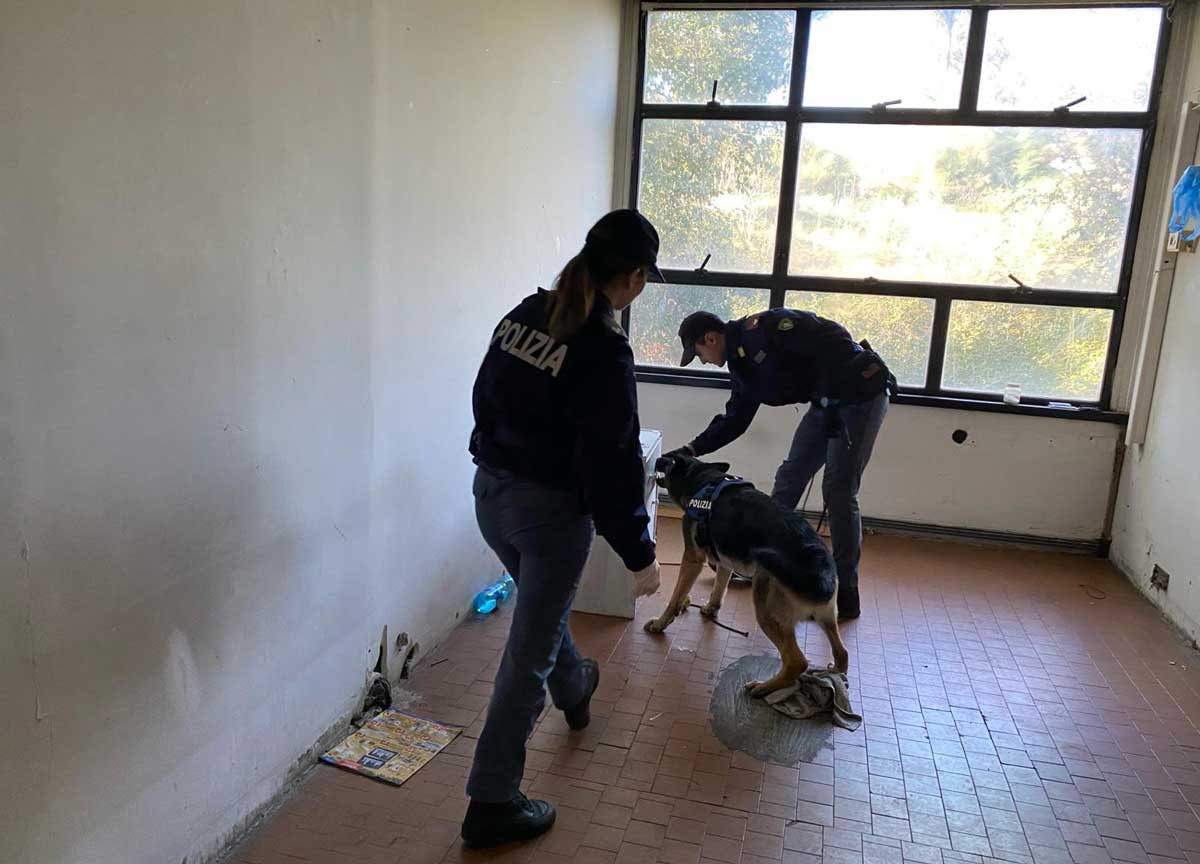The state is constantly buying forests for protection from private forest owners, even though at the same time it is cutting down areas that are more valuable in nature. Nature conservation biologist Panu Halme considers this a waste of money and a nutshell.
“It’s a day It is becoming clearer that the biggest obstacle to halting the loss of forests in our country is the Finnish state. ”
This is the assessment of the nature conservation biologist and the university lecturer on the sustainable use of natural resources Panu Halme From the University of Jyväskylä.
The estimate is hard, but Halme has his arguments.
The first relates to the felling of state forests. Finland logs in its own state forests in areas with valuable nature.
According to Halme, logging is in conflict with conservation objectives.
Finland has promised to end the loss of nature. The loss of nature means not only the reduction of nature but also its equalization, a kind of monotony. In connection with the goal, Finland intends to protect all natural forests and all old-growth forests by 2030.
State forests are managed by Metsähallitus. Logging is handled by Metsähallitus’ Metsätalous oy. Some of its fellings cause criticism and controversy.
For example, in Parkano, Joutsenlammi, at the end of the year, Metsähallitus felled a forest in a pine forest aged 60–70 years and at the beginning of the year in a pine forest 100–20 years old, where endangered and observable lichens live and a calved chicken hawk nests.
In Metsähallitus’ opinion, felling was possible, as the old fire stands and the nesting environment of the hake hawk were excluded from the felling.
According to nature organizations, the area should not have been felled, especially when the fellings came to the boundaries of the Nature Park and Nature Reserve.
There are dozens of similar disputes, for example in Raseborg, Suomussalmi, Pudasjärvi, Pyhäjärvi and Hyrynsalmi.
Metsähallitus survey the natural values of forests before felling. The position of nature organizations is that Metsähallitus constantly fails to protect natural values.
“It is quite clear that Metsähallitus does not know how to do protection properly,” says Halme.
He gives an example.
When Metsähallitus was planning to fell in Kivijärvi, Viinakangas and Louhuinkangas in central Finland, Halme left. He drilled samples from the pines in the planned harvesting area and sent them to Helsinki for age determination.
The pines were 190 years old. Plenty of rotting wood was also found in the forests.
Halme does not trust that Metsähallitus will be able to assess the protected sites itself. He therefore proposes an external body of forest experts to make an assessment. Experts could be from the Finnish Environment Institute, for example.
According to Panu Halme, Metsähallitus does not know how to manage protection, but an external evaluation is needed.
Halmeen criticism of logging revolves around the Metso program in particular.
Metso is a voluntary forest protection program in Finland south of Kainuu, where the state buys forests from private individuals for protection. There are biological criteria for protection.
In its own forests, the state acts differently.
According to Halme, the state is cutting down forests that would be suitable for protection from private individuals. Halme is familiar with this, as he was involved in the mid-term review of the Metso program in 2019.
The report states that there are “relatively significant” areas of state forestry land whose natural values exceed the average ecological values of forests protected on private land. With the help of remote sensing, 50,000–90,000 hectares of such state forests were found. The amount corresponds to 10–15 Nuuksio or more than half of Pallas-Ylläs National Park.
Nature surveyors funded by the Kone Foundation have found 135,000 hectares in the state’s commercial forests that, according to the surveyors, would be suitable for Metso protection. Most of these are outside the Metso area in Lapland.
“Whether you look at it through the eyes of a biologist or an economist, you should protect the West where protection is most effective,” Halme says.
It is not possible to directly select the best properties from privately owned forests because the forests are their property. When providing forests for protection is voluntary, protection is not as planned and effective as it could be.
The situation on state lands is quite different.
“A significant amount of forests could be protected on state lands without any thought. The unprotected nature of valuable objects does not make sense from any point of view, ”says Halme.
In state forests is of great importance in halting the loss of nature because of their surface area: the state owns a third of Finland’s forests and a quarter of well-growing forest land. Only in some areas is forestry practiced.
One of the perspectives is money. Metso’s interim report also stated that the cheapest price per hectare for permanent protection was in state forests.
“The fact that Metsähallitus does not intend to protect forests as valuable or more valuable than those purchased from private individuals is utterly insane. Why is this? Why doesn’t the Ministry of Agriculture and Forestry get out of here? ”
In state forests The felling is carried out by Metsähallitus’ Metsätalous oy and is managed by the President and CEO Jussi Kumpula. He responds to the review.
Jussi Kumpula, President and CEO of Metsätalous oy.
“Metsähallitus is cutting down Metso-compliant sites,” says Kumpula.
According to Kumpula, Metso’s protection criteria are not sufficiently demanding and alone are not sufficient to protect state forests, as they have been prepared for other purposes. The purpose of Metso is to prioritize the forests that private individuals provide for protection.
“Criteria have been created for prioritization if and when there is a shortage of money: not everything can be paid for,” says Kumpula.
Metsähallitus’ own environmental guide states: “Metso’s natural selection criteria can be used to identify valuable forests.”
Kumpula emphasizes the crucial difference due to the voluntary nature of protection.
“If someone wants to protect voluntarily, then the forest owner has usually decided that that forest will not be used for economic activities. That is, that tree is already out of the timber market. Protection is then less important for employment and the national economy, ”says Kumpula.
In other words, protecting such a forest is not a loss from the perspective of the forest industry, Kumpula says.
Metsähallitus’ contribution to the wood used by industry is only about eight percent, but locally Metsähallitus can be a large wood producer.
“We have a crucial role to play in supplying logs to local sawmills. So now we are not talking about UPM, Stora Enso or Metsä Group, but small and medium-sized sawmills, ”says Kumpula.
“
“Whether you look at it through the eyes of a biologist or an economist, it’s worth protecting the West where protection is most effective.”
Kumpula does not believe that Finland’s promise to protect all its old forests, for example, will have a significant effect on the company’s operations. He recalls that pine easily lives 600 to 800 years, six 400 years and birch 200 years. There are hardly any such forests.
Criteria for both old and natural forests are currently being developed in the EU and in Finland’s own working groups. According to Kumpula, the company waits in peace for the boundary between the natural forest and the old forest, and then leaves such forests unharvested.
“Then it’s a political decision if you want to put time on the ice for that reason. We can’t do it ourselves. ”
Nature conservation biologist Halme’s interpretation of waiting is different:
“The intention is to have time to knock out the state’s valuables before they are forced into protection,” Halme says.
Read more: The state’s forests over 120 years of age must be banned from logging, the chairman of the Nature Panel demands: “The state still cuts a lot of its old forests”
Natural loss Halme emphasizes the importance of protection.
“Now the debate in Finland revolves far too much in various remedial measures, such as nature care and restoration,” Halme criticizes.
And gives another example:
Metsähallitus strives to leave the rotting trees in the forest when felling. But research is known to force forest machines to drive over rotting trees lying on the ground. During felling, the shading conditions of the forest also change and the microclimate dries up. After all this, endangered organisms do not live in the remains of decaying trees.
“The forest debate is a project of goodwill, where a new way of correcting traces is always found when it comes to talking about the fact that we should not destroy natural values that have been born over a long period of time,” Halme says.
Halme talks about money again. Transplantation of rot fungi is already being studied and tested in Finland.
“We are laughing here at the Chinese who have to pollinate plants with a bun when the pollinators have dwindled. At the same time, we have this situation. Everyone understands how expensive it is to grow rot fungi in the laboratory and take them to the forests of Southern Finland in wooden pods and drill them there from a tree and a fungus, when they could spread there for free if the old forests were close enough, ”says Halme.
“
“[Metson suojelukriteerit] created for prioritization if and when there is a shortage of money: not everything can be paid for. ”
“In other words, it is the state that has weakened the security of important habitats,” says Panu Halme.
Let’s get back Halmeen estimates that the biggest obstacle to stopping the loss of nature is the Finnish state.
The Forest Act was amended in 2014. At that time, the text of the law stated that particularly important habitats to be protected from logging must be minor or insignificant in terms of forestry. From a natural point of view, smallness is not an advantage, on the contrary.
Halme talks about the magnificent creek forest in Luumäki. When, after the change in the law, less than two hectares of natural sites were protected by law, the creek shank was released for felling. It was poured in the second year.
“So the state here is the one that has undermined the security of important habitats. It does not make sense to weaken regulations that have been made in the past, ”says Halme.
Further problems have been brought about by the interpretation of the law.
The width of the protection zone left by the creek was previously 10–15 m. It has now been widened so that the width of the zone is about 20 to 25 meters long.
With the new interpretation, Metsäkeskus removed the protection of the law from stream banks that had a narrower protection zone according to the previous interpretation. Natural values were initially considered lost due to a too narrowly defined protection zone.
“So the authority takes revenge on its own mistake for nature,” Halme wonders.
The Forest Center is an indirect state administration and operates under the Ministry of Agriculture and Forestry.
In a couple of years after the amendment to the Forest Act, Metsäkeskus removed the protection of “particularly important habitat” from 34,000 hectares. The number of hectares lost under the law can be compared to the areas protected under the Metso program: 8,000 hectares of forest have been protected in Metso during the best years.
Of course, there would be no problem if objects that had fallen from the shelters of the law were otherwise protected. Some of these sites are protected by the Ministry of Agriculture and Forestry’s temporary environmental support.
But this money is not enough. At the end of the ten-year period, not all protected sites have continued. When the support ends, some of them will be beaten.
Read more: A previously protected forest ends up being cut down because the conditions for protection have been tightened or the continuation of protection was simply forgotten
Protection money the scarcity is Halme’s third item on the state’s sin list.
He warns that stinginess now could be costly later. The more difficult the protection is made, the more expensive it becomes.
“We are making it harder to protect the future so that it will certainly be more expensive than we could do now. This does not make sense for the effectiveness of nature conservation. Future generations will pay for the stupidity of the moment.”
Read more: The EU draft taken over by HS has enormous effects: Up to a third of Finland’s land area must be returned to its natural state
#Environment #Researchers #assessment #biggest #obstacle #halting #loss #forests #Finnish #state







